Red is more than just a color—it's a powerful emotional trigger that touches us deeply. From the moment we're born to our last breath, this vibrant hue plays a special role in our lives. Whether you think of the warmth of a sunset, the passion of Valentine's Day, or the danger of a stoplight, red leaves no one unmoved.
But how much do you really know about this intense color? Here are 10 surprising discoveries that will change your view of red forever.
1. Red attracts wealth (according to feng shui)
In the traditional Chinese art of feng shui , a red front door is considered a magnet for prosperity. This ancient wisdom suggests that red not only welcomes guests but also attracts good fortune and financial blessings into the home. Modern interior designers have embraced this philosophy, with more and more homeowners choosing a statement red front door to add character to their homes.
Interesting detail : in many Asian cultures, red envelopes are used to give money as a gift on special occasions, further reinforcing the association between red and wealth.

2. E rythrophobia: when red evokes fear
For most people, red is exciting or inspiring, but for some, it's pure terror. Erythrophobia, the clinical term for fear of red, can severely impact daily life. People with this rare phobia avoid red foods (think tomatoes, bell peppers, strawberries), red clothing, and even red cars.
It might seem innocent, but imagine: no pasta with tomato sauce, no romantic red roses, no Christmas decorations. For these people, red isn't the color of love, but of pure panic.
 3. Red = winning in sports
3. Red = winning in sports
Here's where things get really interesting: scientific research shows that sports teams wearing red uniforms are statistically more likely to win. This phenomenon has been studied in various sports, from soccer to boxing. The psychological explanation? Red exudes dominance and aggression, which subconsciously intimidates opponents.
Think of iconic teams like Liverpool FC, Manchester United, or the Dutch national team—all successful and all associated with red. Coincidence? Scientists don't think so.

4. Red Pen Effect: Why Red Blocks Your Brain
This explains why so many students have heart attacks when they see an exam full of red markings. Our brains have learned to associate red with mistakes and failure. When we see red during a test, our stress alarms go off before we even start reading.
Modern educationalists therefore advocate using different colours for marking – green or purple, for example – to break this negative association.
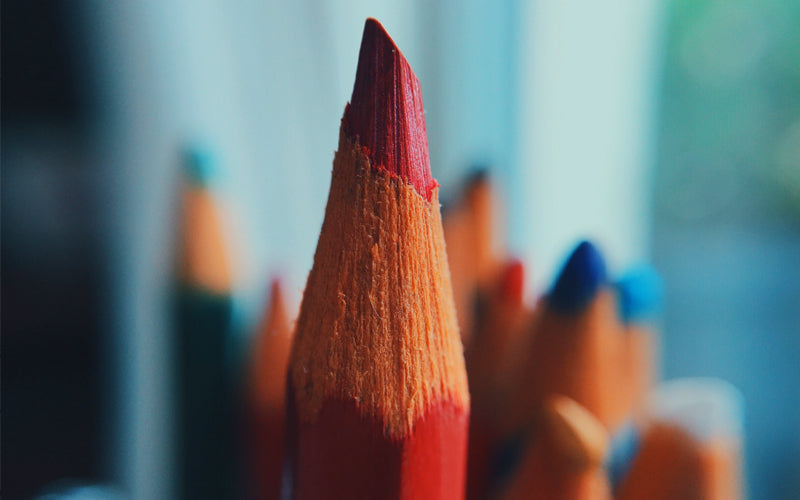
Also read 👉 Why this red Chanel nail polish is still perfect after 13 years
5. Bees are colorblind to red
Here's a beautiful example of how nature works: red flowers evolved to attract birds and butterflies, not bees. Bees simply can't perceive the red spectrum—to them, red flowers appear dark gray or black.
This explains why you rarely see bees on red poppies or red geraniums. Nature has arranged this perfectly: each pollinator has its own color palette to prevent competition.

6. Red brings luck in China (but not at funerals)
In Chinese culture, red is so strongly associated with happiness and joy that it's strictly forbidden at funerals. Weddings, on the other hand? They're bathed in red. From the bride's dress to the decorations—everything is colored red to guarantee a life full of happiness and prosperity.
This tradition is so deeply ingrained that even Chinese communities worldwide respect this color code. Never wear red to a Chinese funeral—it's considered disrespectful and inappropriate.

7. First impressions: Babies see red first
When babies are born, they live in a black-and-white world. But when their color vision develops (around 2-4 months), red is the very first color they can distinguish. This means our very first color experience is red—perhaps this explains our deep-seated emotional response to this hue.
Baby specialists therefore recommend using red toys and decorations in the baby's room to stimulate visual development.

8. Women see more red than men
Here's where things get biologically interesting: women can perceive more shades of red than men, on average. This is because the gene for red color vision is located on the X chromosome. Women have two X chromosomes, men only one.
In practical terms, this means that women can see subtle differences between, for example, cherry red, burgundy, and wine red, while men may perceive them as the same color. This might explain why paint stores sell so many different shades of red!

9. Red literally puts your body on edge
Red isn't just a visual experience—it's a complete physical response. Exposure to red activates your sympathetic nervous system, increases your heart rate, raises your blood pressure, and quickens your breathing. It's as if your body automatically switches to "action mode."
This explains why red rooms feel energetic but can also quickly become tiring. Interior designers consciously use this knowledge: red in dining areas (stimulates appetite), but never in bedrooms (too stimulating for rest).

10. Red makes you irresistibly attractive
Here's the ultimate dating secret: Scientific research proves that women are considered more attractive when dressed in red. This phenomenon works for both men and women—red universally increases perceived attractiveness.
But did you know that this effect also continues online? Profile photos with red accents get significantly more likes. In short: if you want to strengthen your online presence, a tool like a profile picture maker will help you create striking visuals that highlight your best features, especially if you incorporate a touch of red.
Inspired by the power of red?
Now that you know these fascinating facts, you'll probably look at this powerful color differently. Red isn't just a hue—it's psychology, biology, culture, and emotion all rolled into one intense experience.
Whether you're choosing your next outfit, decorating your home, or simply observing the world around you, remember that red always tells a story. A story of passion, power, love, danger, and everything in between.
Curious about other colors? Discover our in-depth blog posts about the fascinating world of pink , green , blue , and yellow . Every color has its own secrets to reveal!
Did you know that this color psychology is also applied in marketing, architecture, and even therapy? The power of color extends far beyond what we could ever imagine.

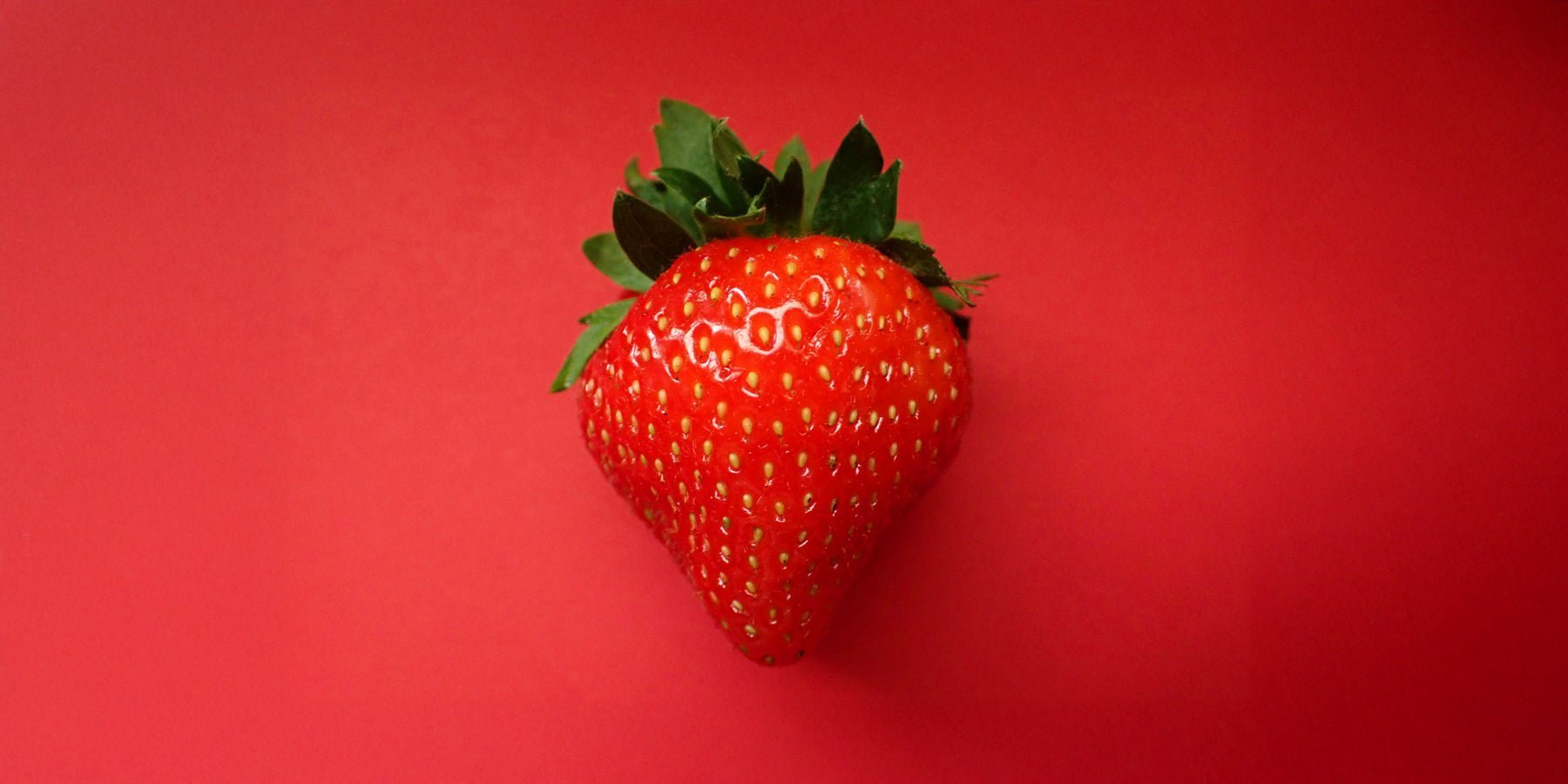

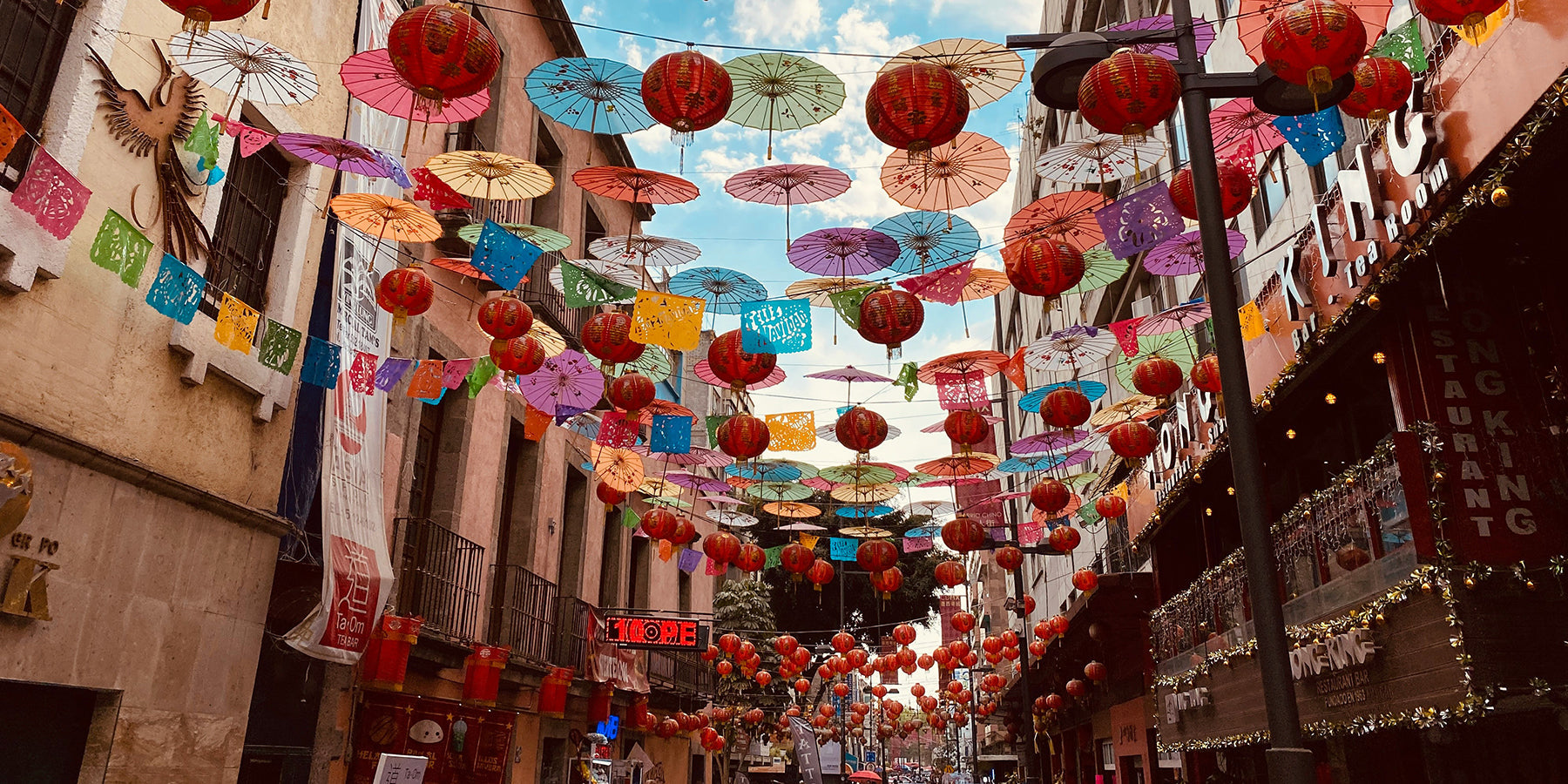
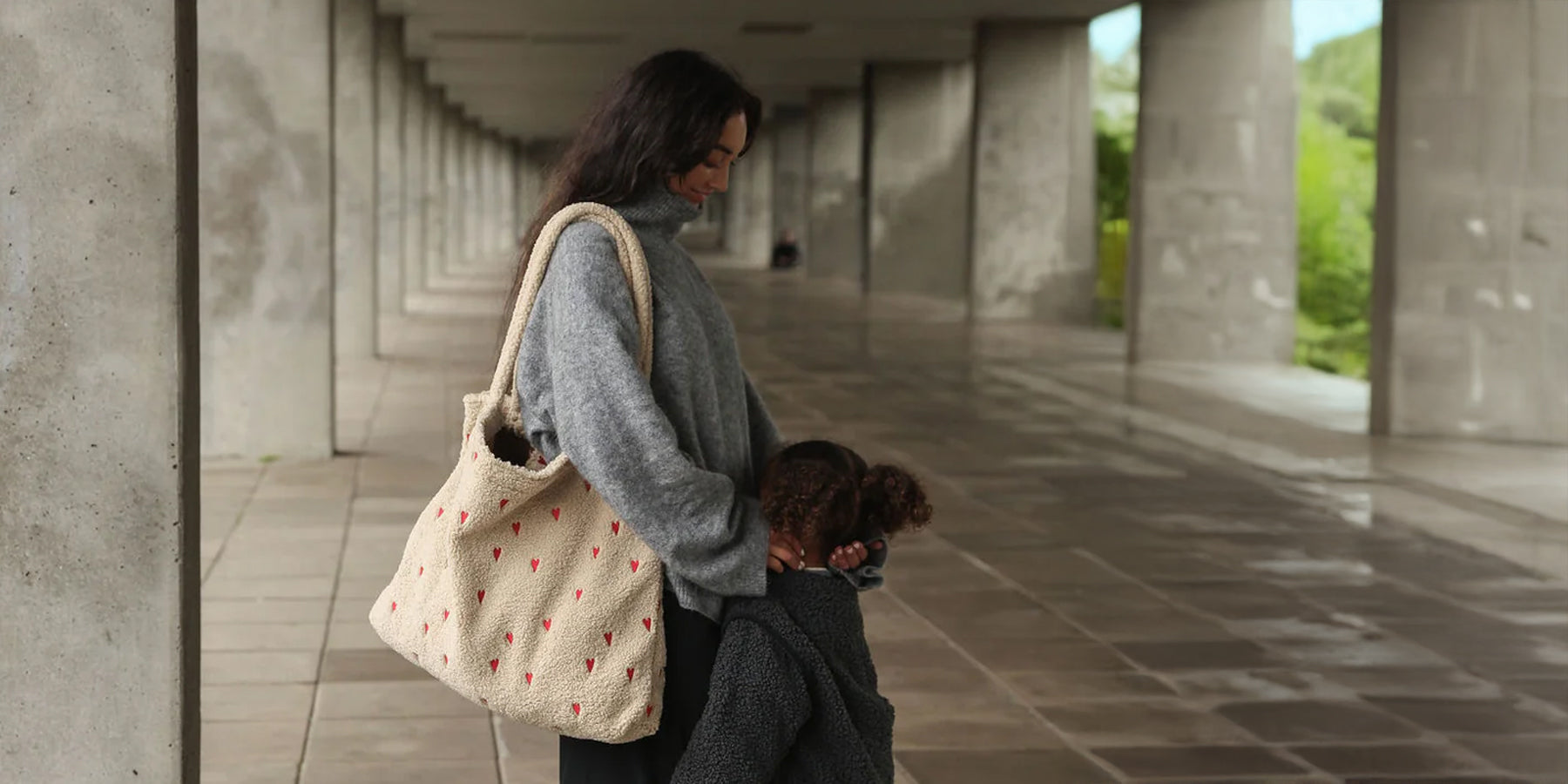

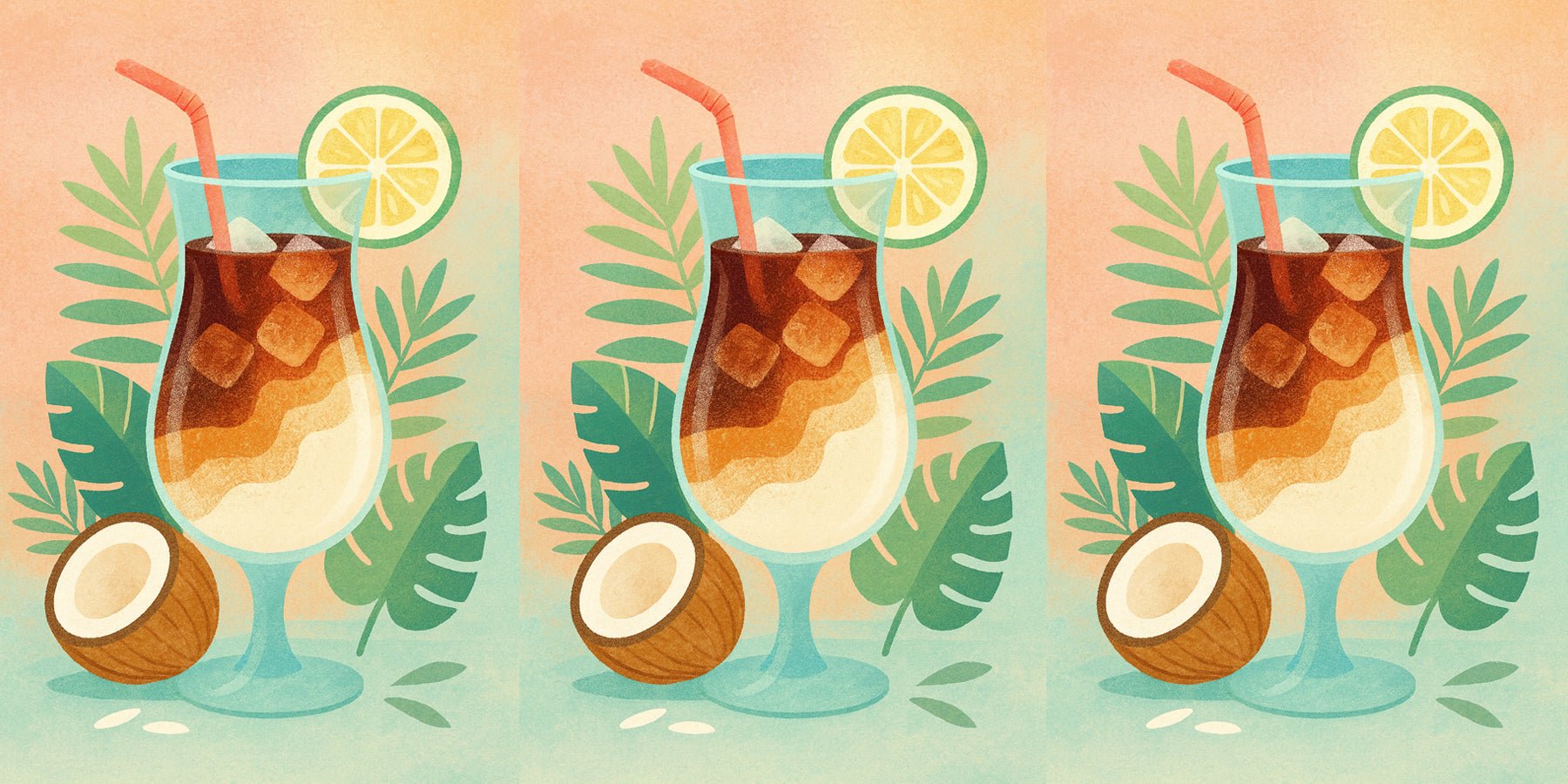
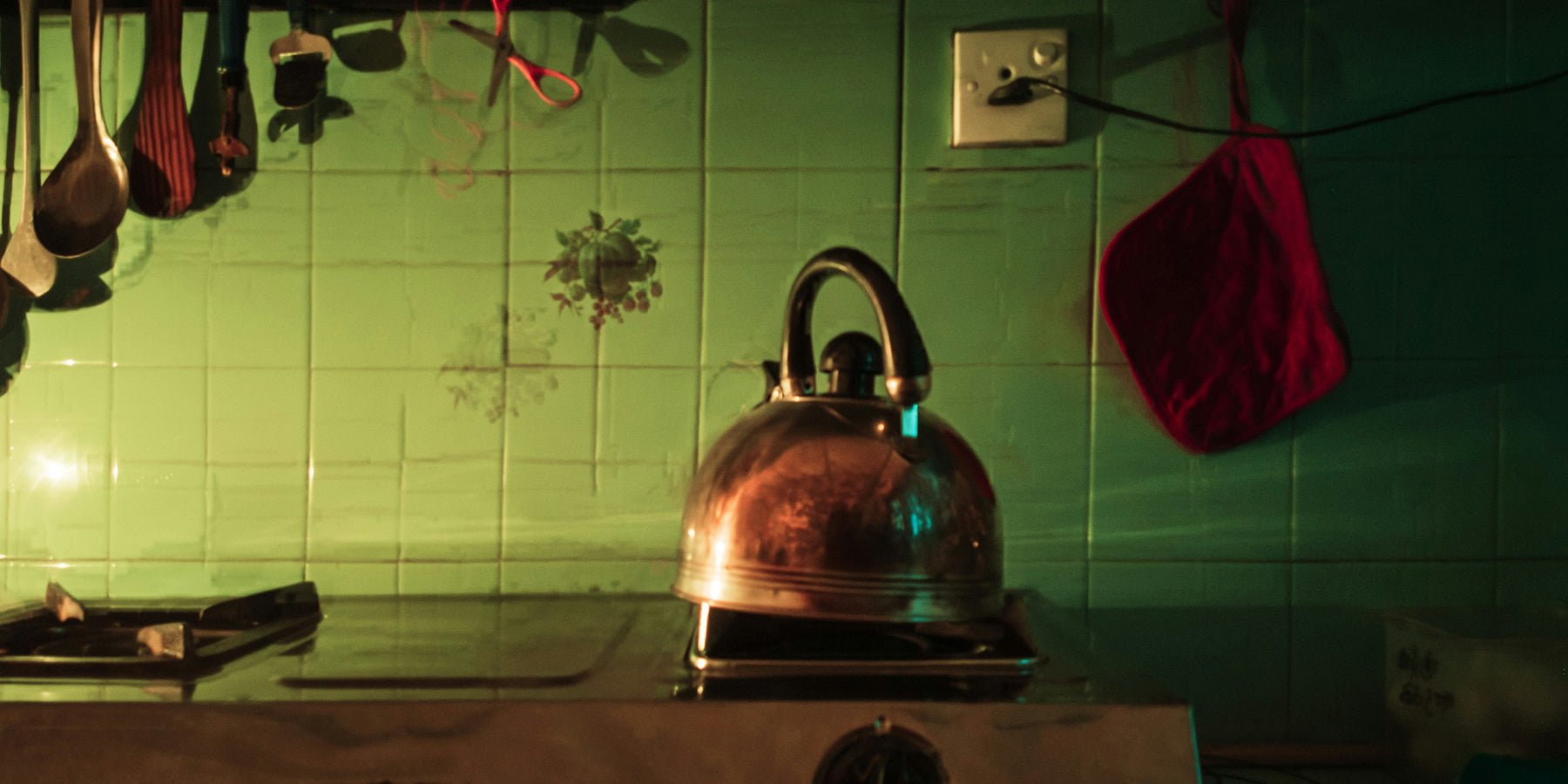

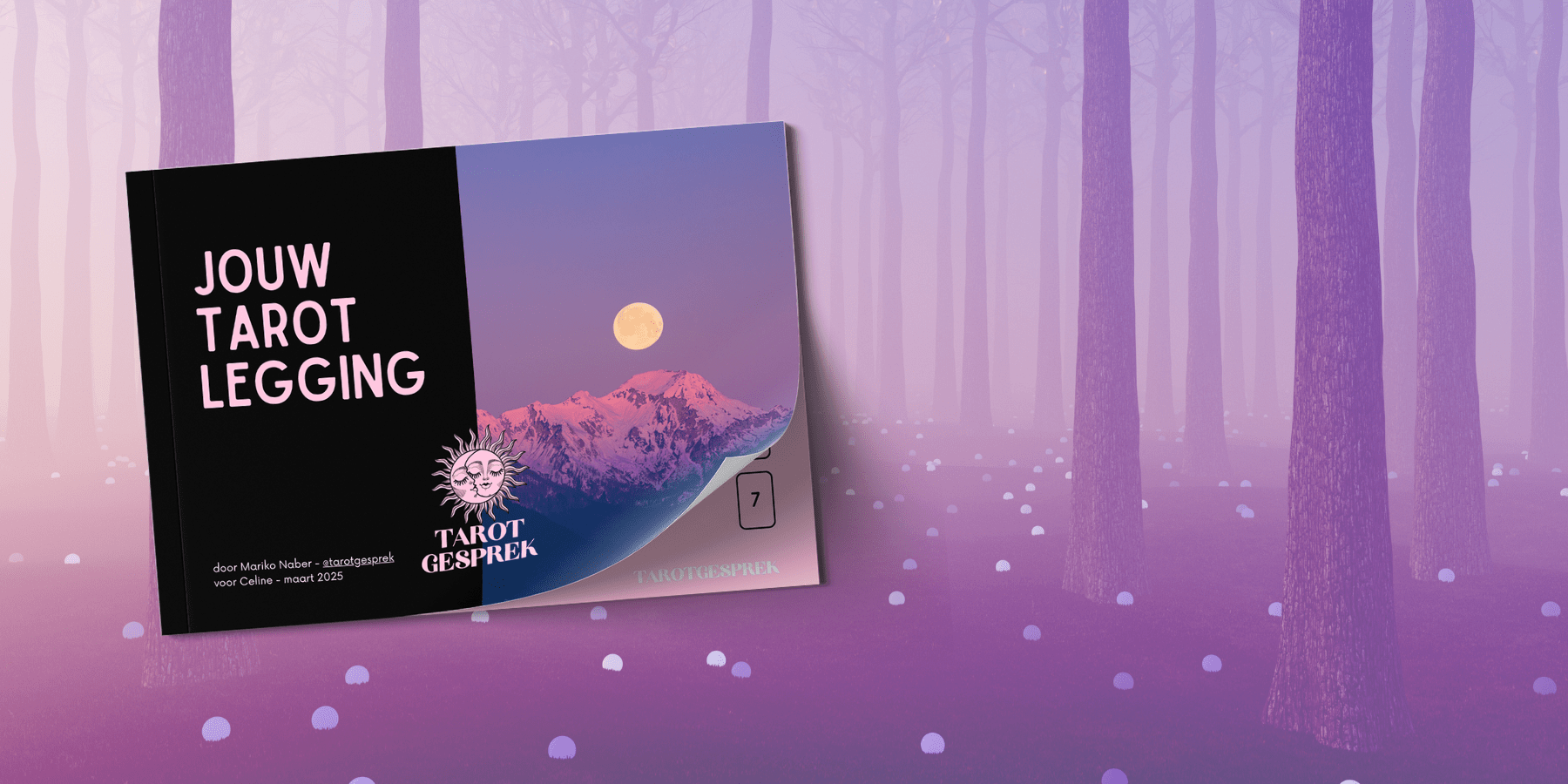


Interesting? Share with someone:
Father's Day, 3 original gift tips for the very best fathers
Happiness is in the right dining room chairs (no joke)